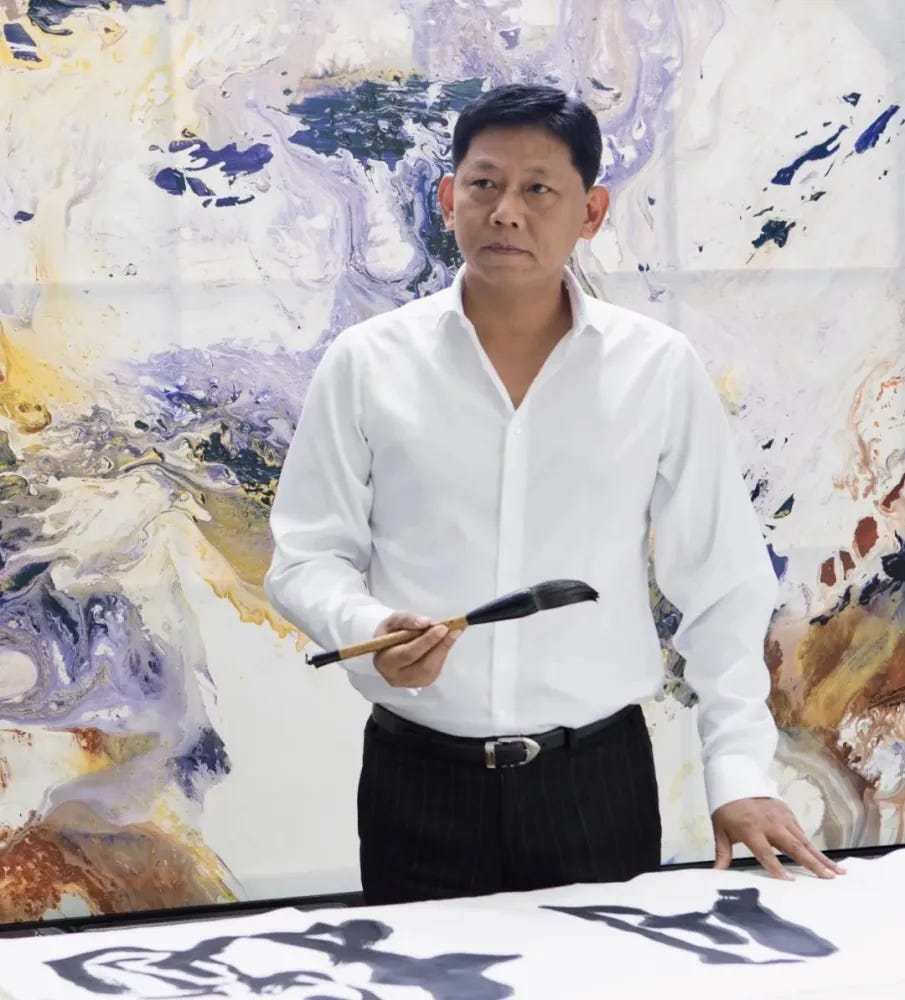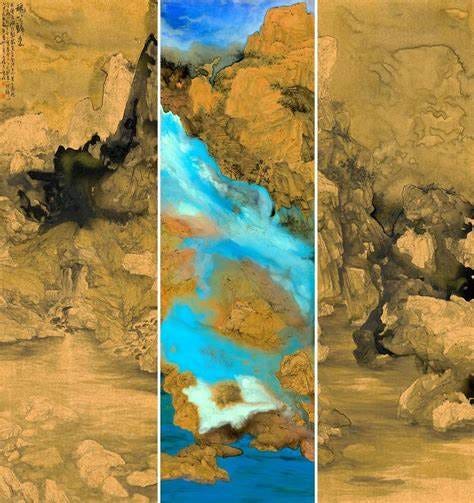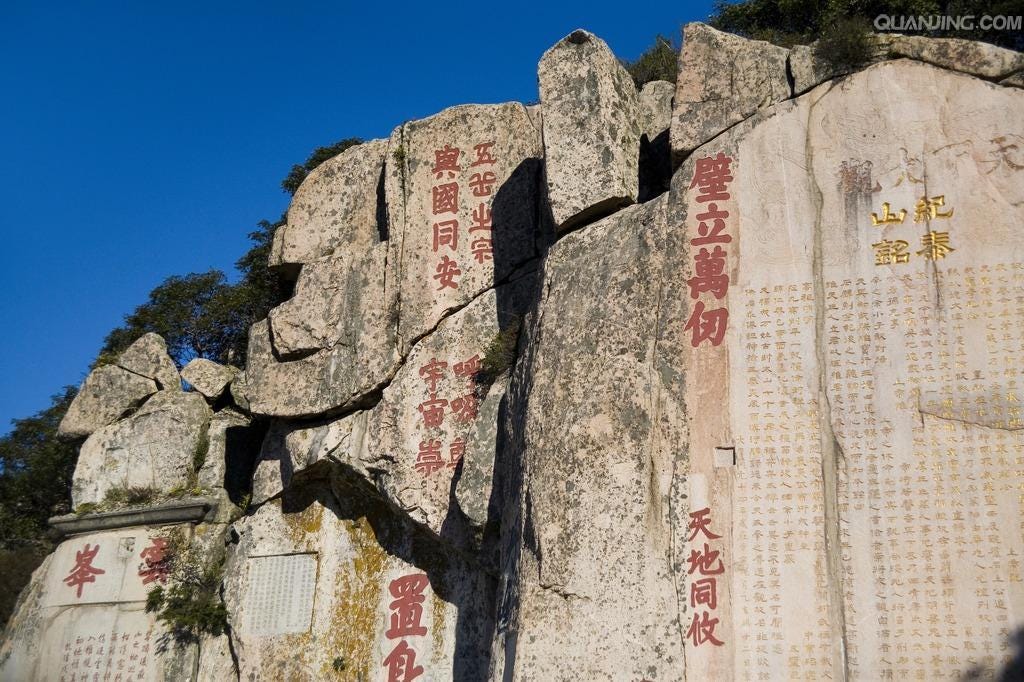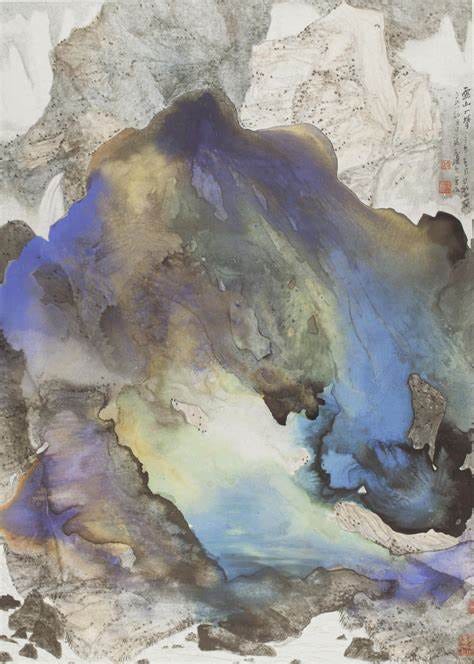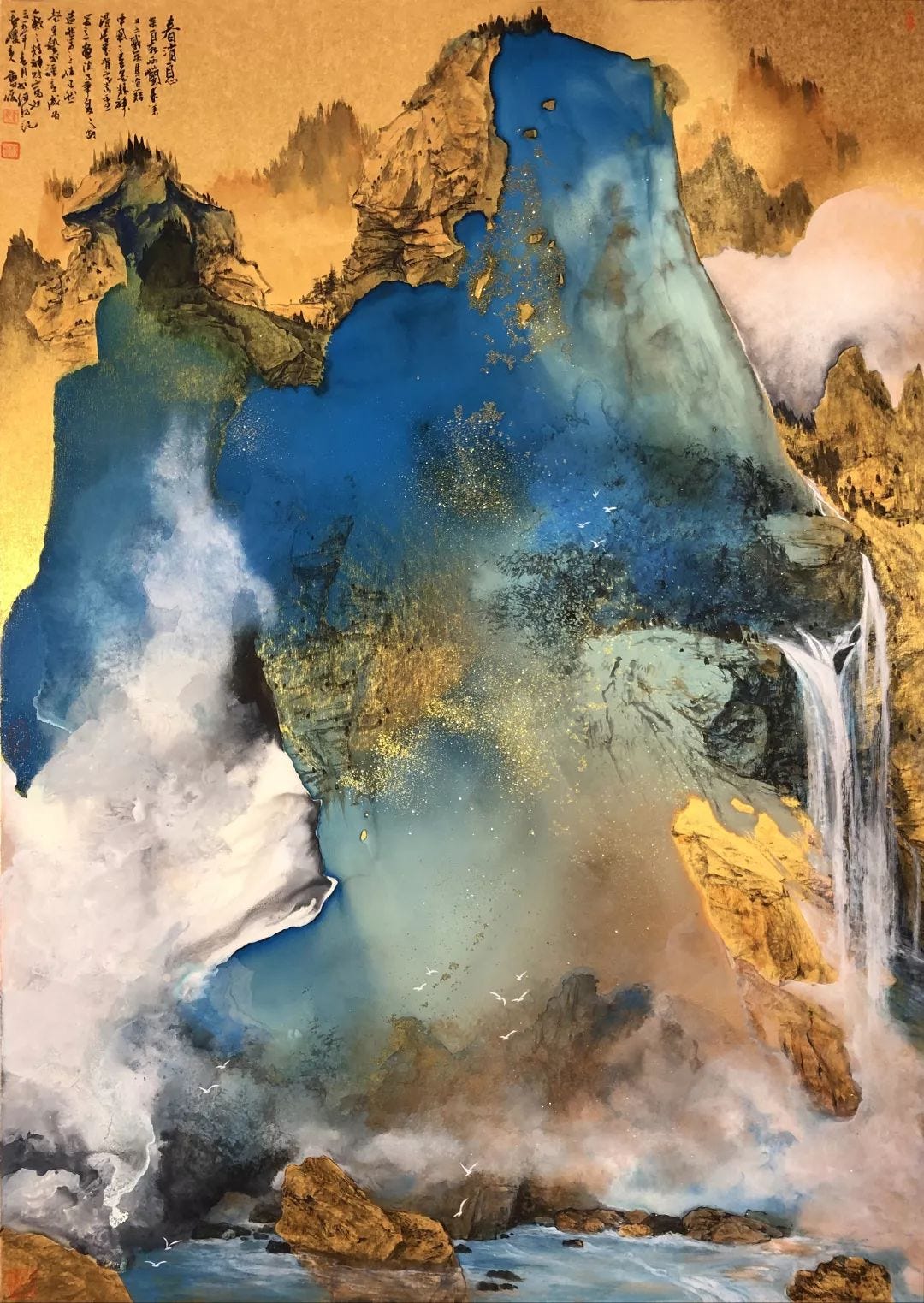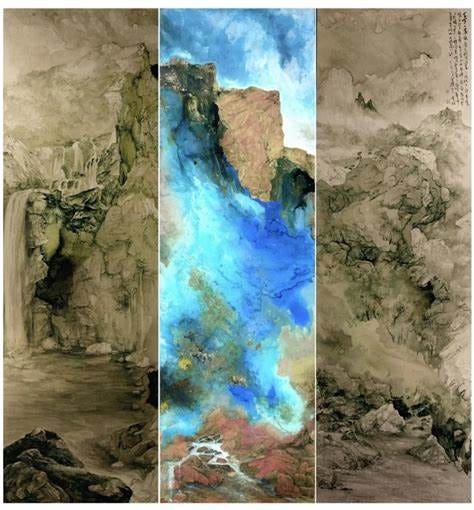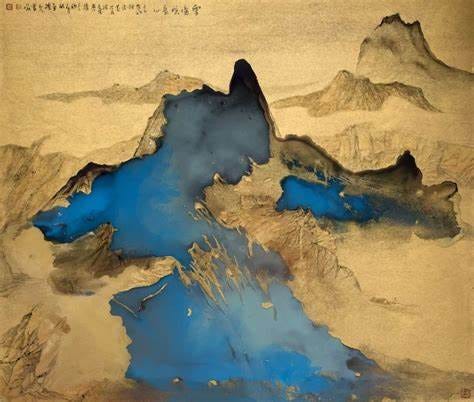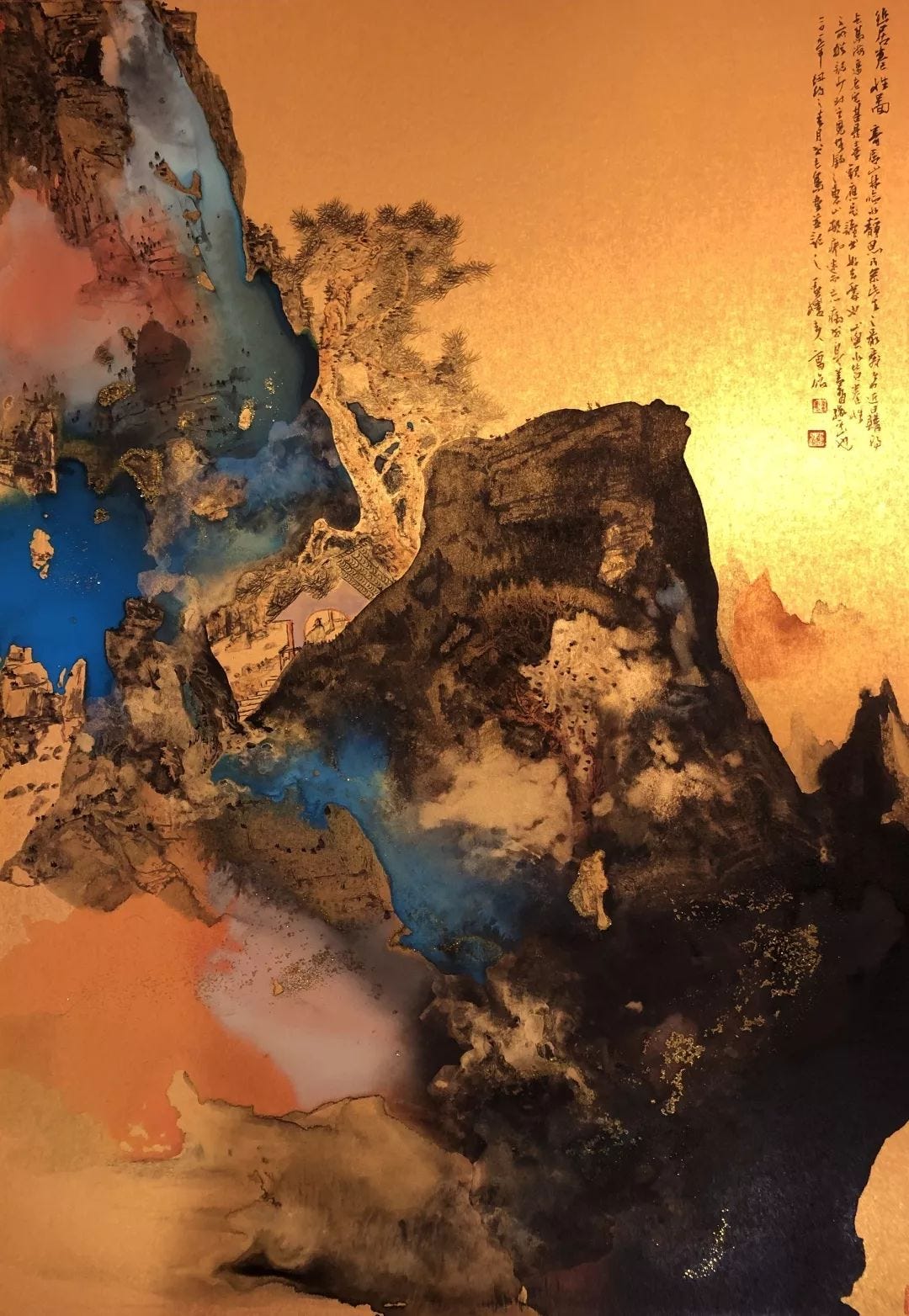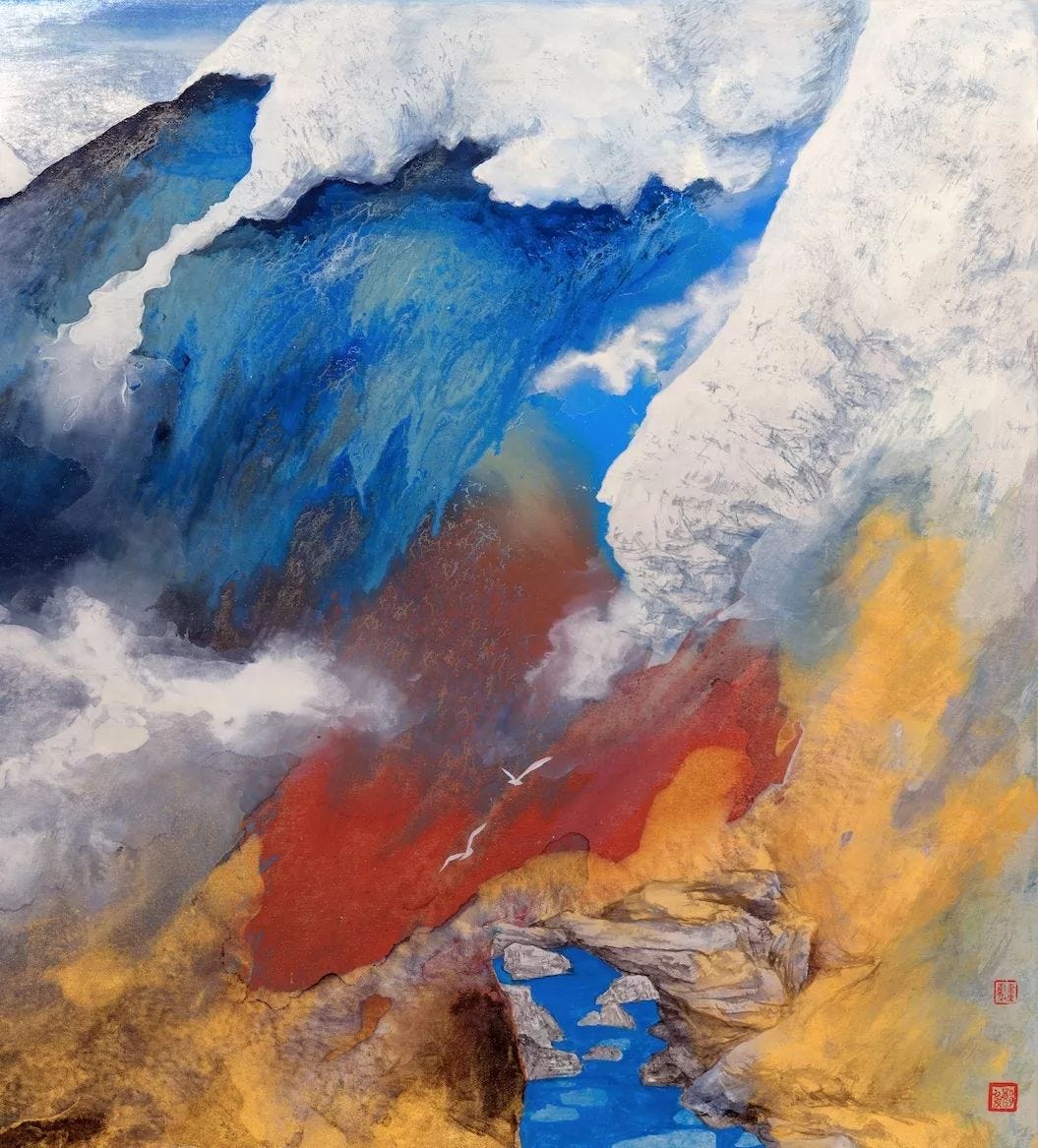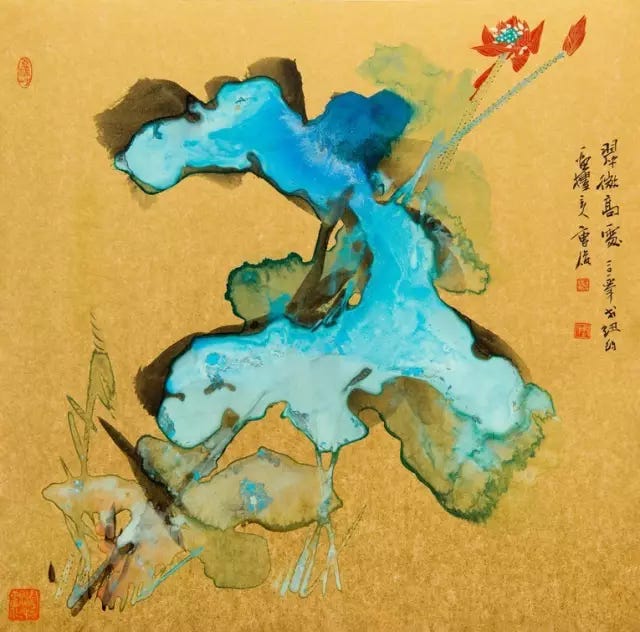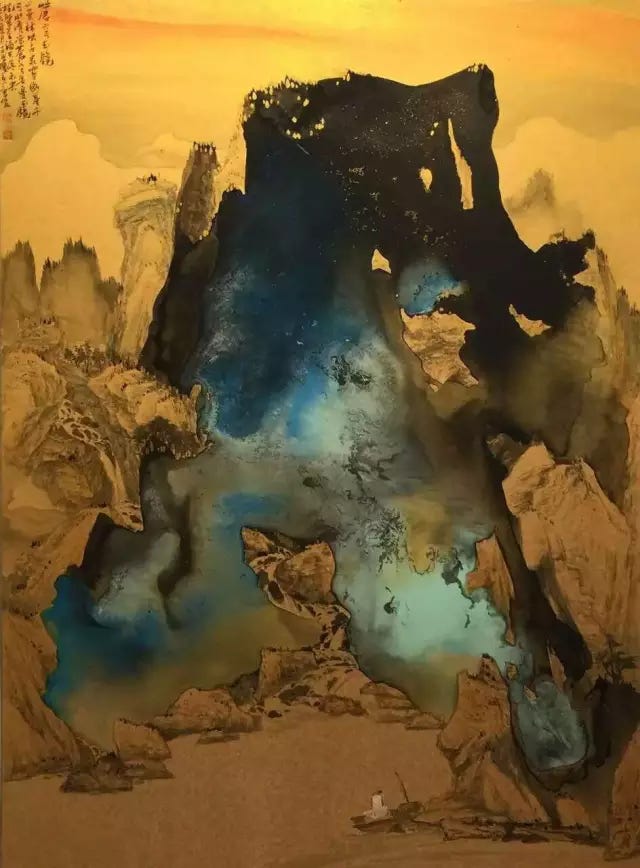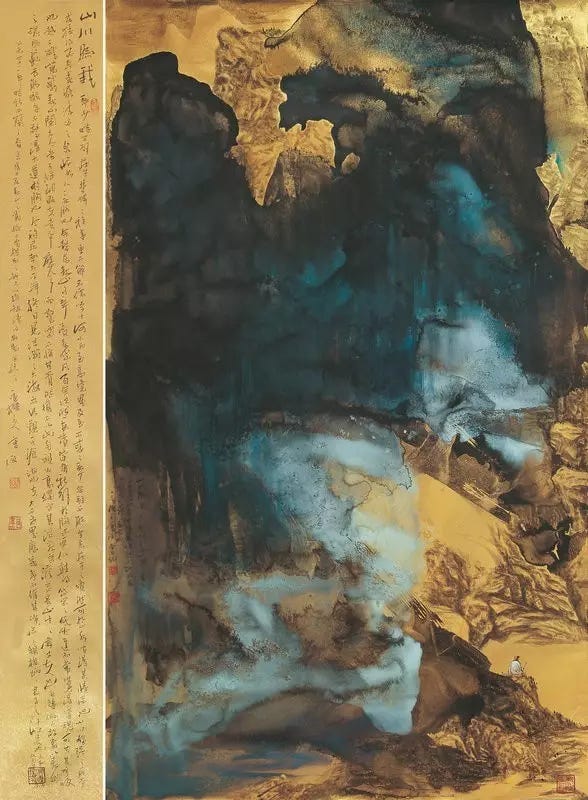Cao Jun is a Chinese-American artist, a visiting professor at the International School of the Central Academy of Fine Arts and a doctoral advisor in Chinese painting at the Communication University of China. As a Chinese-American artist, he has received numerous accolades, including the Gold Medal at the Paris Louvre International Art Salon and the title of Outstanding Artist in both New York and Los Angeles. His works have been featured in significant exhibitions, including the 13th National Exhibition of Fine Arts in China. Over the years, he has held more than ten solo exhibitions at prestigious venues such as the National Art Museum of China, the Boston College Museum of Art, and Rongbaozhai in Beijing. His representative works have been included in Chinese and American university textbooks and Rongbaozhai Painting Manual. His painting Spring Message hangs in the Great Hall of the People, while Lotus Whisper and others are displayed in the New Zealand Parliament and multiple embassies.
If you are interested in collecting Cao Jun's works, please contact us.
Fan Di’an, President of the China Artists Association, praised Cao Jun’s artistic contributions: “Since the reform and opening-up in the 80s, Chinese painters have entered a new phase of cultural reflection and artistic exploration. I believe that Cao Jun's artistic development is closely connected to the overall cultural environment of this era and the new challenges it presents. During his years of study and work in China, he demonstrated a willingness to innovate, particularly in the realm of Chinese ink painting. He dedicated great effort to addressing contemporary issues through both subject matter and brushwork, making him one of the leading innovative figures among middle-generation painters in China’s art scene.”
A Journey from Tradition to Innovation
Cao Jun was born in 1966 in a modest family in Taizhou, Jiangsu Province. Influenced by his father, who was a teacher, he developed an early love for calligraphy and painting. He frequently practiced copying famous calligraphic scripts collected by his father.
As he grew older, his passion for painting intensified, much to the concern of his parents, who hoped he would pursue a career in engineering. In 1985, out of respect for his father’s wishes, he enrolled at Shandong Institute of Mining and Technology, majoring in mining engineering. Although his artistic ambitions were momentarily set aside, the technical education he received would later play a crucial role in shaping his artistic career.
Cao Jun recalls:
“What I gained in university were two fundamental disciplines. One was the study of minerals in geology, which gave me a deep understanding of mineral properties. The other was remote sensing geology, which involves observing landscapes from an aerial perspective. This concept of viewing mountains and rivers from above deeply influenced my artistic vision, giving me a broad and expansive perspective.”
After graduating in 1989, he was assigned to work at the Mount Tai Scenic Area Administration. Immersed in the mountain’s cultural and historical heritage, he rigorously studied Chinese epigraphy and repeatedly copied Mount Tai’s ancient stone inscriptions. Even in the freezing northern winters, he would practice writing massive calligraphic characters with a large brush dipped in water on the frozen ground, watching them briefly shimmer before vanishing.
The stone carvings at Mount Tai became a source of immense inspiration for his art. His years of study there deepened his understanding of traditional Chinese culture, laying a solid foundation for his future creative endeavors.
Cao Jun reflects:
“Two decades of life on Mount Tai were not just about memories; they transformed my character and spirit. Mount Tai gave me backbone and soul; it instilled in me a pursuit of grandeur and depth; it taught me responsibility and endurance; it showed me nobility and honor. With this experience, my journey became clear: born in a water town, raised on Mount Tai, educated in Beijing, and thriving overseas.”
His insatiable curiosity extended beyond painting. He immersed himself in studying ancient inscriptions, practiced Italian opera singing, played guitar in rock bands to support himself, and wrote poetry and essays for publication. “These were all detours,” he admits, “but in hindsight, they are precisely what shaped my artistic vision and made me proficient in so many things.”
Bridging Eastern Tradition and Western Modernity
After living in the West for many years, Cao Jun gained a profound understanding of the differences between Chinese and Western art. This led him to explore how he could reinterpret the refined elegance of Song Dynasty painting using visual languages familiar to Western audiences. This pursuit became a new challenge in his artistic journey.
To better express this innovative style, he applied his knowledge of mineral materials, experimenting with pigments and paper to create new effects. Through rigorous trials, he merged the techniques of Song Dynasty landscape and flower-and-bird painting with elements of Western modern art, incorporating new materials to create a form of Chinese painting that could be appreciated by a global audience. He called this style "New Song Painting."
The Role of Brushwork in Chinese Painting
When discussing innovation in traditional Chinese ink painting, Cao Jun emphasizes the irreplaceable value of brushwork:
“Chinese painting places an unparalleled emphasis on brush and ink. Ancient Chinese artists seamlessly integrated their deep understanding of calligraphy into painting, providing a solid cultural foundation and systematic aesthetic criteria. When people look at a Chinese painting, the first thing they notice is the brushwork and ink effects, often before recognizing the subject matter. Those who attempt to evaluate Chinese painting purely based on form often find themselves lost.”
He further highlights the unique quality of the Chinese brush:
“The Chinese brush represents our culture. It embodies both softness and strength, can create round or angular strokes, and fully reflects the artist’s intent. Calling it merely a tool would be an understatement! When I use it to paint water, the thousands of bristles move in unison, producing effects that feel utterly natural. My deep love for Chinese calligraphy has become the driving force behind the expressive energy in my paintings. Although only traces of calligraphy may be visible in my work, they encapsulate my passion. Every character’s meaning and form unify, giving it life—so much so that viewers can feel the words in motion.”
A New Vision for Chinese Painting
How does "New Song Painting" differ from traditional Chinese painting?
Cao Jun answered:
“I see it as a synthesis. Traditionally, Court Painting and Literati Painting were distinct styles that rarely intersected. In my work, I fuse the two while incorporating contemporary elements. When I won an award in Paris, a French artist told me, ‘You are fortunate because you didn’t paint the typical bamboo, orchids, chrysanthemums, and plum blossoms that Chinese painters have been depicting for centuries with little variation.’
His words frustrated me. Chinese painting during the Song Dynasty had its own imperial painting academy, producing works of exquisite sophistication. It is just as magnificent as Western art’s Baroque period. This inspired me to integrate the majestic aesthetic of Court Painting with the humanistic spirit of Literati Painting. Moreover, I employ a scientific approach to reinterpret these traditional forms.
However, conventional materials couldn’t achieve my vision. Historically, Court Painting declined because it was done on silk, which limited color variation. Meanwhile, Literati Painting used xuan paper, which lacked richness. I sought a material that combined the best of both and found it in gold-flecked paper (jinjian).
For pigments, I experimented extensively and eventually formulated a unique blue pigment derived from natural lapis lazuli, which I call ‘Cao Jun Blue.’ This shade defies Western notions of blue as a cold, melancholic color—it radiates vibrancy and warmth.”
This striking blue transformed his artistic expression. His painting Tides, which prominently features "Cao Jun Blue," was selected for a themed exhibition at the Nassau County Museum of Art in New York. The exhibition, titled Blue, featured only five artists—Matisse, Picasso, and other Western masters—alongside Cao Jun.
When Western media praised him for “promoting Chinese culture,” Cao Jun responded:
“I appreciate the recognition, but let me clarify: Chinese culture, with its 5,000-year history, stands on its own greatness. It does not need me, or even a thousand of me, to validate it. I am merely a beneficiary of this extraordinary heritage.”



